Retro Replay Review
Gameplay
Xanadu: Dragon Slayer II builds upon the classic dungeon‐crawling formula by combining side‐scroll exploration with simple yet strategic action combat. Unlike many contemporaries that rely on platforming or complex input commands, Xanadu’s combat revolves around the “bump” system: you position your hero to face an enemy and walk into them to attack. This minimalist approach keeps the controls intuitive but demands careful movement, timing, and spatial awareness as you navigate cramped corridors and avoid being surrounded by foes.
(HEY YOU!! We hope you enjoy! We try not to run ads. So basically, this is a very expensive hobby running this site. Please consider joining us for updates, forums, and more. Network w/ us to make some cash or friends while retro gaming, and you can win some free retro games for posting. Okay, carry on 👍)
The RPG mechanics deepen the experience significantly. You earn two types of experience—fighter XP from physical attacks and magician XP from spellcasting—allowing you to tailor your hero’s progression toward brute strength or arcane prowess. Even your gear levels up: wielding a sword or donning armor for extended periods increases that item’s proficiency. To convert raw XP into stat boosts, you must seek out temples hidden throughout the ruins. This ritualistic step adds a layer of resource management and risk, as temples sometimes refuse service if your “karma” is tarnished by slaying too many benevolent creatures.
Feeding your hero regularly is another critical gameplay element. Failing to eat not only drains your strength but can halt your exploration altogether, forcing you to return to the surface in search of food and supplies. Gold found in chests or dropped by enemies enables you to purchase new equipment and restorative items in occasional underground shops. Together, these intertwined systems—combat, dual XP, equipment leveling, temples, karma, and sustenance—create a relentless push-and-pull of risk versus reward that will appeal to adventurers craving depth wrapped in straightforward action.
Graphics
Though rooted in 1980s hardware limitations, Xanadu’s visuals retain a distinctive, retro charm. The side‐scrolling dungeons are rendered in a palette of earthy browns and muted greens, evoking moss‐covered walls and ancient stonework. Tile sets vary subtly from chamber to chamber, preventing visual monotony and hinting at deeper levels and hidden alcoves. Doorways, staircases, and altar stones are crisply outlined, ensuring you always know where you can venture next.
Character and monster sprites are small but expressive. Goblins, skeletons, and mythical beasts each boast unique silhouettes that help you identify threats at a glance. Weapon swings and spell effects are conveyed through simple flashes or brief animation loops—nothing flashy by modern standards, but effective in communicating impact and triumph. Text boxes and HUD elements are cleanly integrated into the border of the screen, keeping the central play area uncluttered.
For players familiar with classic JRPGs or PC‐88 titles, Xanadu’s aesthetic hits all the right nostalgic notes. The limited animation lends an almost cinematic stillness to your journey, heightening the tension as you step into dark corridors. Even after decades, the pixel art conveys mystery and foreboding, encouraging exploration and careful mapping of the underground labyrinth.
Story
While Xanadu borrows a name from the historic summer capital of Kublai Khan’s Yuan Dynasty, its narrative unfolds in a wholly fictional realm. Here, “Xanadu” refers to sprawling, long‐abandoned ruins lying beneath a wealthy kingdom. When strange creatures begin to emerge and threaten the surface world, your hero—a royal envoy—receives orders to delve into the depths and uncover the source of corruption.
Storytelling in Xanadu is primarily environmental. You won’t find lengthy cutscenes or dialogue trees; instead, lore is revealed through cryptic inscriptions on temple walls, dialogues with shopkeepers, and the gradual discovery of magical artifacts. This minimalist approach places you squarely in the role of an independent explorer, piecing together the past from the remnants left behind. The occasional NPC or temple priest adds color and moral context, especially when the karma system reacts to your actions.
The inclusion of a karma mechanic subtly weaves ethics into the narrative: slay too many benevolent creatures, and the gods of the temple grow wary, refusing to grant you new levels until balance is restored. This moral undercurrent transforms simple monster‐slaying into a more thoughtful endeavor, giving weight to each decision and reinforcing the idea that this is no mere treasure hunt but a quest with spiritual stakes.
Overall Experience
Xanadu: Dragon Slayer II remains a standout example of early action‐RPG design. Its blend of side‐scroll exploration, bump‐based combat, dual experience systems, and nuanced resource management delivers an experience that is both accessible and deeply engaging. The game’s challenge curve is steady, rewarding careful mapping, strategic leveling, and judicious use of food and gold.
The retro graphics and sound design might feel dated to newcomers, but they also evoke a timeless sense of mystery that modern titles often struggle to replicate. The absence of handholding—no quest markers, no tutorials—places full trust in the player to navigate, experiment, and learn. This fosters genuine moments of triumph, whether you finally master a tough enemy encounter or uncover a hidden shrine.
For fans of classic RPGs who appreciate a healthy dose of old‐school difficulty and design ingenuity, Xanadu offers hours of exploration, character customization, and moral decision‐making. Even after all these years, its labyrinthine dungeons and subtle storytelling continue to inspire curiosity and reward perseverance, making it a must‐play for anyone seeking a foundational entry in the action‐RPG genre.
 Retro Replay Retro Replay gaming reviews, news, emulation, geek stuff and more!
Retro Replay Retro Replay gaming reviews, news, emulation, geek stuff and more!
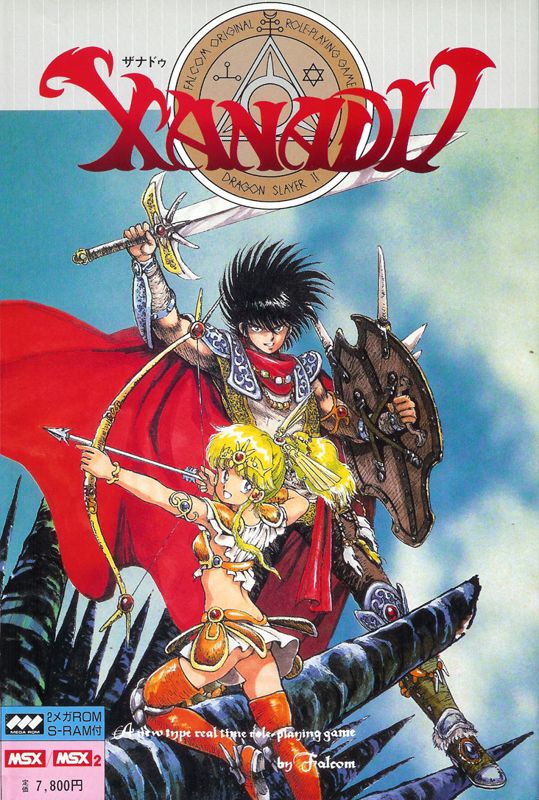
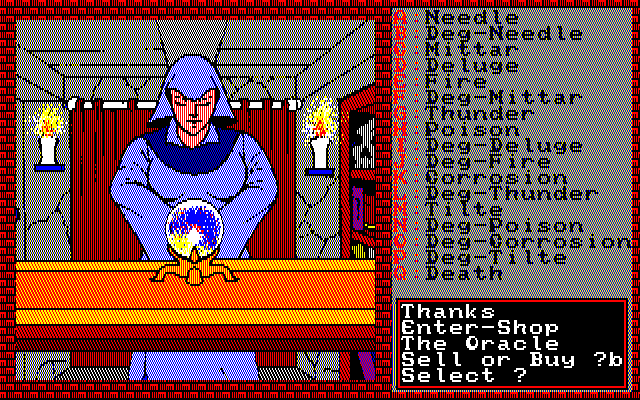
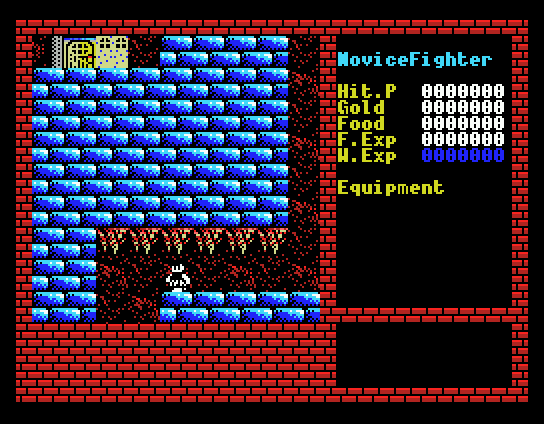
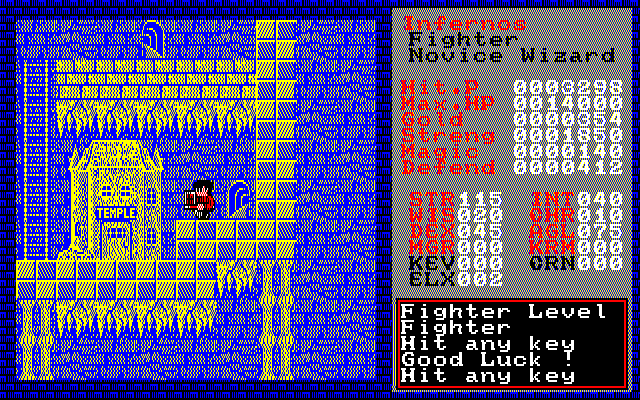
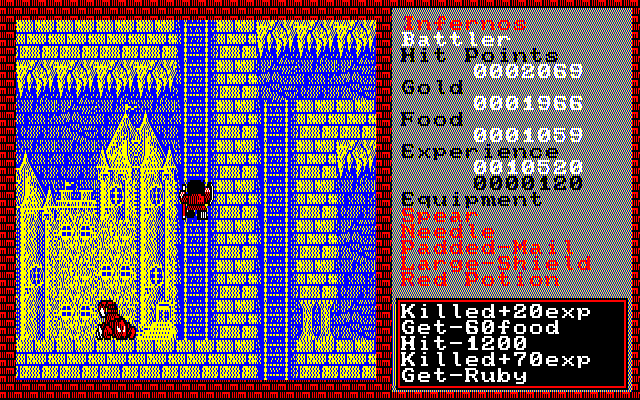




Reviews
There are no reviews yet.